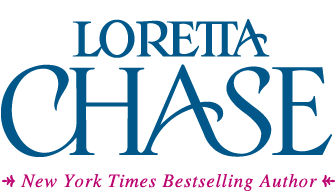If you missed the Two Nerdy History Girls’ chat with Meena Jain and the wonderful group of readers and nerdy history people who joined us, you can tune into YouTube. Or you might want a replay in case you missed something. I sure did. While I love not knowing what questions will arise (it keeps my brain stimulated), I know there will be some whose answers escape me at the time—or maybe I’ll think of additional information after the chat is over. So yes, this happened, and I will probably do some follow-ups.
If you’d like to watch or re-watch, here’s the link. Or you can look up “The Two Nerdy History Girls Ride Again! 4.14.2025”, which is on the Ashland Public Library MA channel.
Readers asked about Court dress and maternity wear (very important at a time when so many women spent most of their childbearing years bearing children) as well as a number of questions about medical care, disease, women’s health.
If you’d like to follow up on a subject raised during the chat, you can send me an email via the Contact Loretta page on my website. Your topic might be quite blogworthy—which would allow me to go on and on in nerdy history fashion—something to look forward to!
In excellent timing, @littleblossomdarling (Blossom Darling on Facebook), very recently posted a short video about menstruation and women’s clothing. You might want to follow her on social media, because she tackles many of the same topics that come up in these chats and elsewhere. And a note of credit to dress and textile historian Hilary Davidson (@fourredshoes) whose discussion of Jane Austen’s clothing got the 2NHGs thinking about women’s heights.



